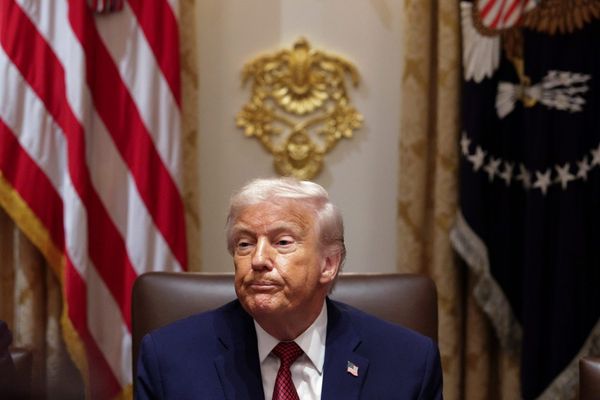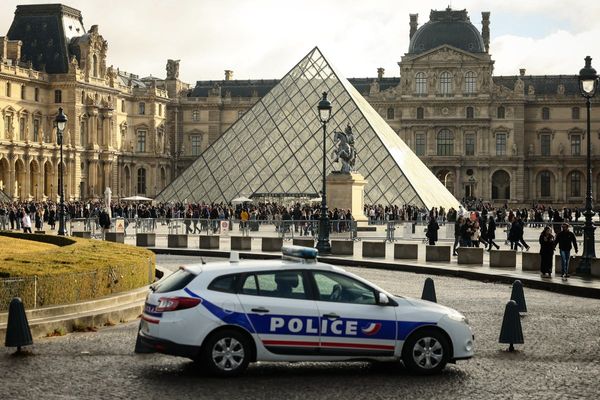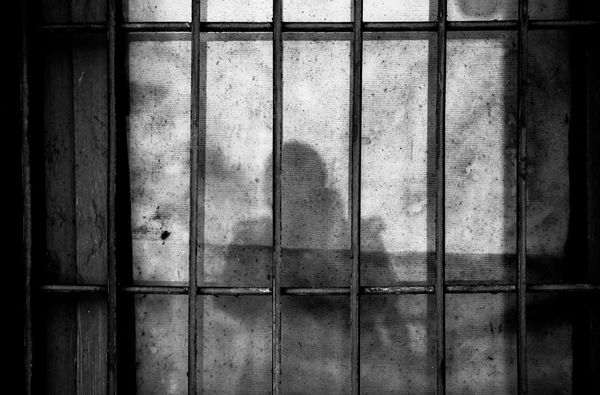
Rental agency Hertz is learning the hard way that Tesla cars didn’t quite turn out to be the appreciating assets Elon Musk famously predicted they would be.
And it can blame his strategy of driving volume through price cuts for that—as indeed it did on Thursday.
Hertz CEO Stephen Scherr said its underlying margin in the third-quarter nearly dropped by half to 13% in large part due to problems unique to its EV fleet, in which four out of five cars bear the Tesla badge.
“Had our fleet in Q3 been similarly sized but comprised solely of ICE vehicles, our EBITDA margin would have been several margin points higher,” he told investors on Thursday.
In short, the declining value of the Tesla cars in Hertz’s fleet—a decline directly caused by Musk’s price cuts—has hit Hertz squarely in the profits.
The fact that this is happening to Hertz of all companies is ironic, as the rental agency is not just any customer of Musk.
When Hertz was fresh out of bankruptcy, an announcement by Scherr's predecessor, Mark Fields, in October 2021 to purchase 100,000 Model 3 sedans worth an estimated $4.5 billion in revenue saw Tesla add $100 billion in value overnight. Thanks to the order, Tesla was able to spend nearly half a year in the rarified heights of mega-caps worth north of $1 trillion.
Even Musk felt investors had behaved irrationally by bidding up the share price, since the company was supply constrained, not demand constrained, at the time. If Hertz hadn’t shown up, he simply would have sold them to someone else.
A casualty of Musk's volume growth-over-profits strategy
The tycoon had famously advised car buyers that it was “financially insane” to buy anything other than a Tesla, since his cars would actually appreciate in value.
And for a time he was right. Prices steadily rose, and even as recently as last year owners could make a profit flipping their Teslas.
But Musk acknowledged last week that the carmaker has gotten so large in the meantime that he’s exhausted the supply of high-income consumers who want a Tesla Model 3 or Model Y. Now he needs to move further downmarket to capture fresh business.
That’s why Musk’s been on a mission this year to slash sticker prices in order to hit his 1.8 million vehicle sales target—even it it means sacrificing profits. One theory behind why Tesla’s highly respected finance chief, Zach Kirkhorn, abruptly left the company in August is a possible disagreement prioritizing volume growth over margins.
Hertz now finds itself a casualty of this strategy.
Repair costs double the level of gas-powered cars
Without explaining precisely why, Scherr said Hertz is suffering a higher incidence of damage specifically with its EV fleet, where the repair costs are roughly double that of a comparable gas-fueled car.
"Studies of current EV ownership evidence lower incidence of damage and collision than for ICE vehicles, not higher as we are experiencing," he revealed.
Musk’s price cuts then become an acute problem when one of the Hertz EVs sustains so much damage that the cost of repair is more than asset itself.
“Where a car is salvaged, we must crystallize at once any difference between our carrying value and the market value of that car,” Scherr explained. “The [price] declines in EVs over the course of 2023, driven primarily by Tesla, have driven the fair market value of our EVs lower as compared to last year, such that a salvage creates a larger loss and, therefor, greater burden.”
In short, Hertz then needs to book a non-cash accounting charge. Together with the higher repair costs this led to significant profit margin headwinds.
Fortunately for Tesla, the rental agency remains committed to eventually expanding the 10% share of its fleet that are EVs to a milestone target of 25%, even if it is no longer committed to achieving that by the end of next year.
That’s because Scherr wants to further diversify its business through ridesharing, where many cities are making it hard to get a plate without switching to zero-emission cars.
“Electric vehicles open the door to our growing presence in rideshare, where electrification is a fast-approaching requirement, not merely an option,” the Hertz CEO said.







